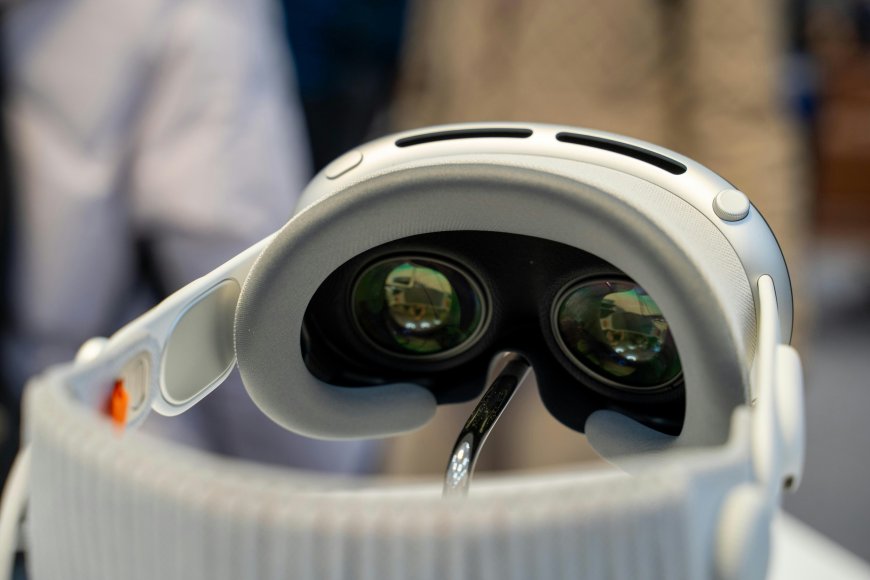Apple Plans to Launch Vision Air and Smart Glasses in XR Market Expansion
Apple is set to introduce a range of XR devices, including the premium Vision Pro, mid-range Vision Air, and entry-level smart glasses. Analyst Ming-Chi Kuo predicts Apple's strategy to target the smart-glasses mass market with budget-friendly options to compete with Meta and Google.

Apple Analyst Ming-Chi Kuo reveals that Apple has a tiered XR strategy, including premium (Vision Pro), mid-range (Vision Air), and entry-level smart glasses to address price barriers and compete in the AR market.
According to Kuo, Apple sees head-mounted devices as the next big trend in consumer electronics. The company aims to enter the smart-glasses mass market with 3 to 5 million shipments. Apple's planned launch of Vision Pro headsets and smart glasses from 2025 to 2028 could boost augmented reality adoption, using budget options to challenge Meta and Google.
Apple is set to introduce an upgraded Vision Pro with an M5 chip in 2025, targeting 150,000 to 200,000 units. Although Kuo forecasts no launch in 2026, the following year will witness two major releases: a lightweight, iPhone-powered Vision Air and Ray-Ban-style smart glasses, both emphasizing consumer convenience. More advanced XR glasses with full-color waveguide displays are expected in late 2028.
By offering more affordable devices, Apple aims to make XR a mainstream technology. The 40% lighter Vision Air and budget smart glasses are tailored to address price concerns for the $3,500 Vision Pro, with smart glasses alone projected to push total category shipments over 10 million by 2027. Competition is fierce, with Meta's Ray-Ban, Google's XR projects, and Samsung's wearables pressuring Apple to act decisively.
Apple appears to be strengthening its commitment to extended reality with a revamped Vision Pro slated for 2025, signaling a sustained effort to compete in the AR market. By combining proprietary chips, advanced hardware, and deep integration within its tech ecosystem, Apple aims to offer a seamless user experience, positioning itself for a significant role in shaping the future of consumer AR.
According to the source: Tech Times.
What's Your Reaction?
 Like
0
Like
0
 Dislike
0
Dislike
0
 Love
0
Love
0
 Funny
0
Funny
0
 Angry
0
Angry
0
 Sad
0
Sad
0
 Wow
0
Wow
0


































































































































































